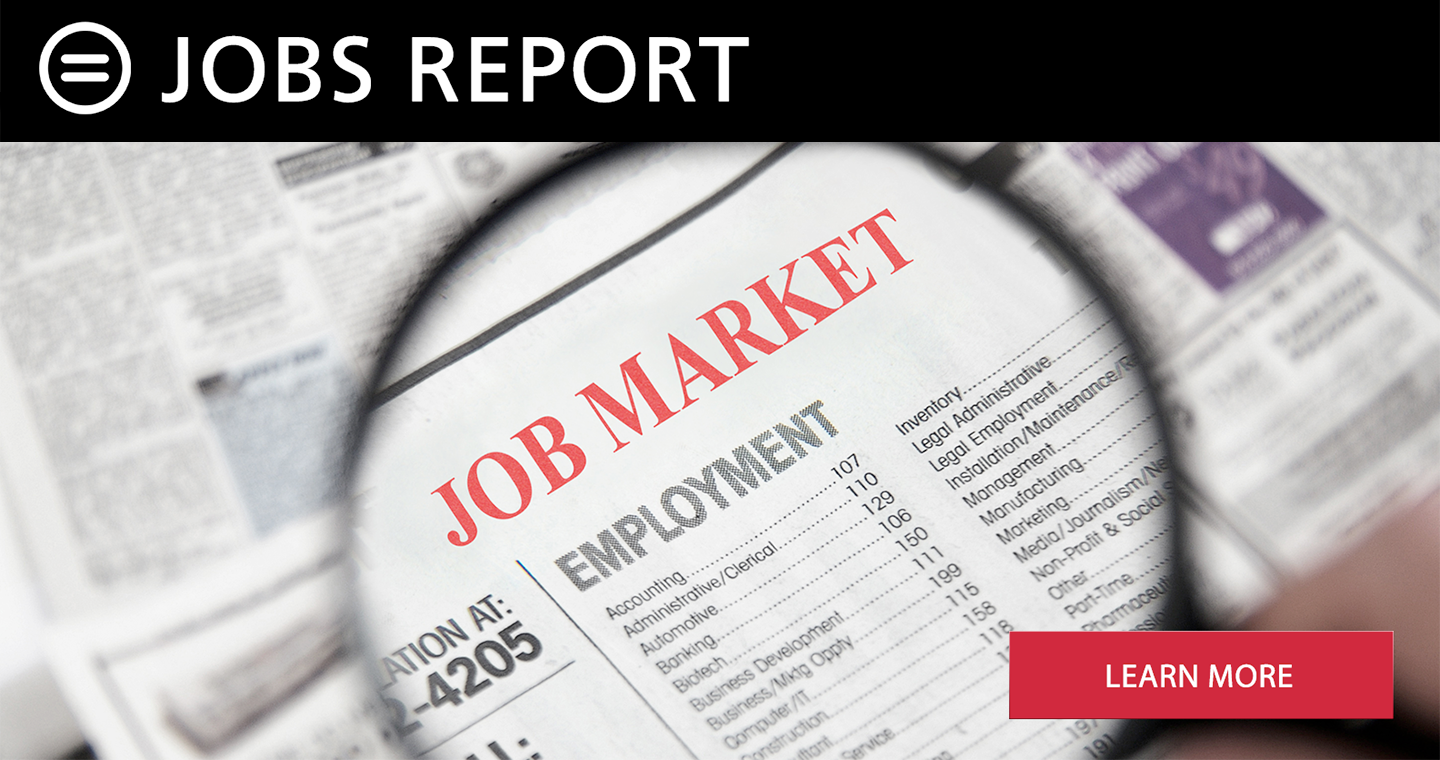April Showed Steady Employment Growth and Tight Labor Markets Despite Tight Monetary Policy Aimed at Reducing Elevated Inflation

Dr. Bernard E. Anderson
Whitney M Young, Jr. Professor Emeritus, The Wharton School, University of Pennsylvania
Senior Economic Advisor, National Urban League
In April, employment grew by 253,000 with 230,000 jobs added in the private sector. The overall unemployment rate was unchanged at 3.4 percent, a historic three-decade low, while the Black unemployment rate fell to 4.7% -- its lowest rate ever, and the Black-white unemployment ratio narrowed to a record 1.6 percentage point.
Steady employment growth over the last several years, averaging almost 300,000 per month narrowed the black/white unemployment gap to 1:5 to 1, breaking the persistent 2:1 ratio. The Federal Reserve raised the federal funds rate 25 basis points in the May 3 meeting, lifting the benchmark rate to 5.0 to 5.25%. The increase in interest rates, the fifth increase in 2023 is aimed at reducing inflation to 2.0 %, the rate viewed as consistent with the dual mandate of maximum employment and price stability.
Inflation is declining slowly in response to tighter monetary policy. The federal funds rate influences other borrowing rates throughout the economy such as mortgages, credit cards, and business loans. The economic outlook is influenced by the impact of the banking turmoil that erupted in March. Weaknesses in the management of interest rate risk sparked a liquidity crisis and run on the Silicon Valley Bank that threatened to cascade across similarly situated banks. Quick and decisive action by the FDIC, the Federal Reserve, and the U.S. Treasury limited contagion of the crisis. Several mid-sized banks were forced into merger with large national banks. Many depositors reallocated funds in ways to reduce the risk of loss. The decisive action by the regulators eased the crisis and reestablished stability in the banking system. As a result, regulation of mid-sized banks is very likely to be strengthened and capital requirements increased.
Tight monetary policy coupled with strong fiscal policy constrains economic growth. GDP declined 0.2 % in the first quarter but bounced back to a low positive measure in the second quarter and is projected to remain at that level for the remainder of the year. The data creates uncertainty about the economic outlook for the remainder of 2023 into 2024. Some analysts suggest that rising interest rates will spark a recession in late 2023. Viewed differently, the data fail to support that projection. Continuing tight labor markets, increases in real wages, strong consumer demand, and a persistently low unemployment rate lends little support to a recession forecast. Two consecutive quarters of a decline in GDP, plus an overall rise in unemployment and a general contraction in business activity are required to mark a recession.
The pandemic generated a structural change in the economy that produced an unprecedented patten of adjustment of economic measures over the course of the business cycle. It will take time and targeted public policies to restore normalcy.

